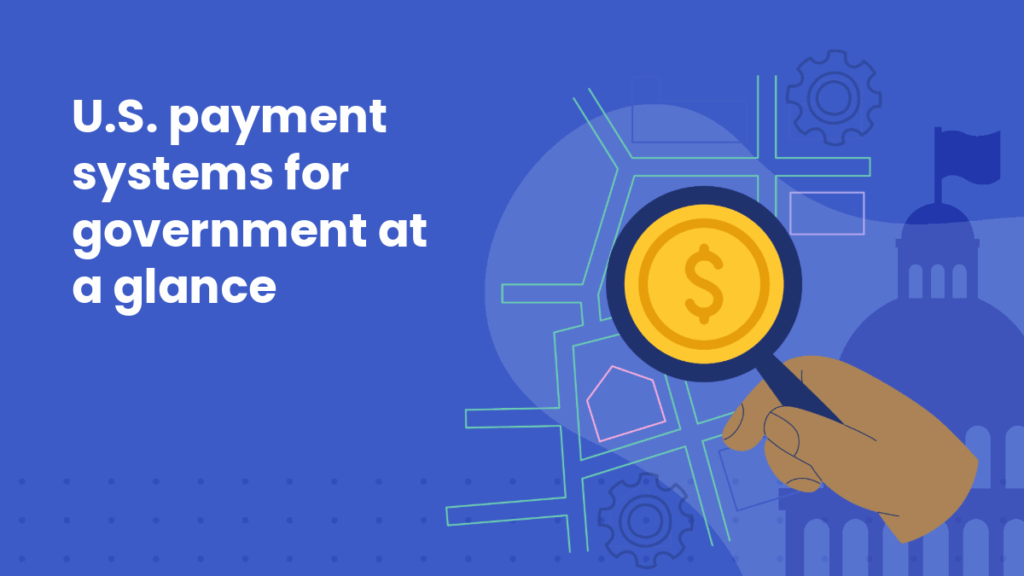Only 15% of states have an integrated resident feedback loop

Gathering feedback isn’t just having a suggestion box in your office (although that can be part of your strategy). A feedback loop is a structured, ongoing process that enables governments to listen to residents, respond with targeted action, and then report back on outcomes. This back-and-forth conversation improves services, fosters civic engagement, and builds trust.
When designed intentionally, feedback loops close the gap between community needs and public sector response.
Most government feedback loops are fragmented
Despite the clear benefits of resident engagement, most states have yet to fully embrace feedback loops as drivers of service improvement.
According to a recent report by the National Association of State Technology Directors (NASTD):
- Only 15% of states have fully integrated constituent feedback portals into their decision-making and improvement initiatives
- 49% have partially integrated feedback mechanisms
- 36% have not integrated them at all
This suggests that although most states collect feedback, many struggle to systematically use it to inform service improvements.
The most common ways that feedback loops are integrated in public service:
- Agency-level management: Almost 88% of respondents said individual agencies manage constituent feedback
- Contact centers and legislative offices: Both are used by 78% of states
- Online portals: Are used by 68% for receiving feedback
Other tools include social media, surveys after service completion, and AI-driven service management systems.
Moving toward a mature feedback loop
States are beginning to move from sporadic feedback collection toward continuous engagement. The NASTD report notes:
- 51% of states plan to establish continuous feedback loops with residents to support ongoing improvements
- This is part of a broader effort to adopt human-centered design and journey mapping, which 63% of states report using to guide service development
This evolution mirrors academic findings. According to researchers in the Global Journal of Community Psychology Practice, feedback loops work best when they are transparent, trust-based, and focused on shared power between residents and public institutions. When residents see their input reflected in decision-making, their sense of civic agency and community belonging increases.
This means successful feedback systems must do more than collect opinions. Feedback loops must demonstrate some level of responsiveness and co-creation, as well as prioritize underrepresented voices.
Take advantage of feedback loops to engage residents
While some type of infrastructure for gathering feedback is in place in many jurisdictions, true feedback loops (where insights directly influence decisions) are still emerging. The NASTD report highlights a critical opportunity for states to move beyond data collection toward feedback-driven iteration, aligning technology initiatives more closely with the actual needs and experiences of residents.
Looking for more content?
Get articles and insights from our monthly newsletter.




